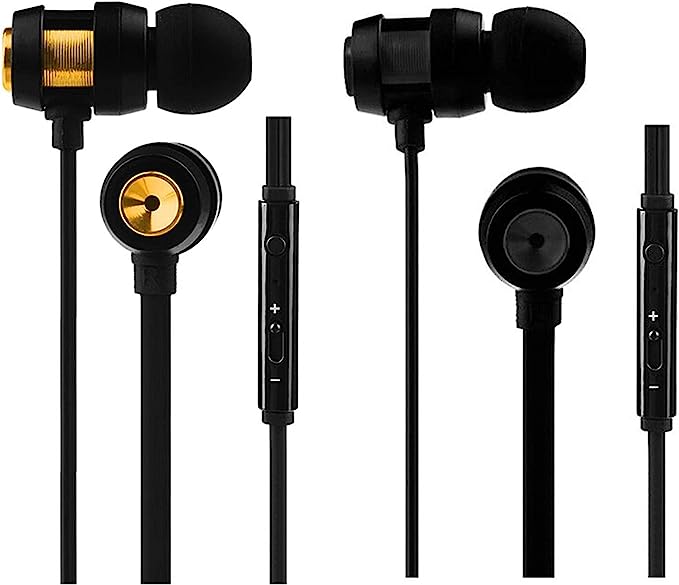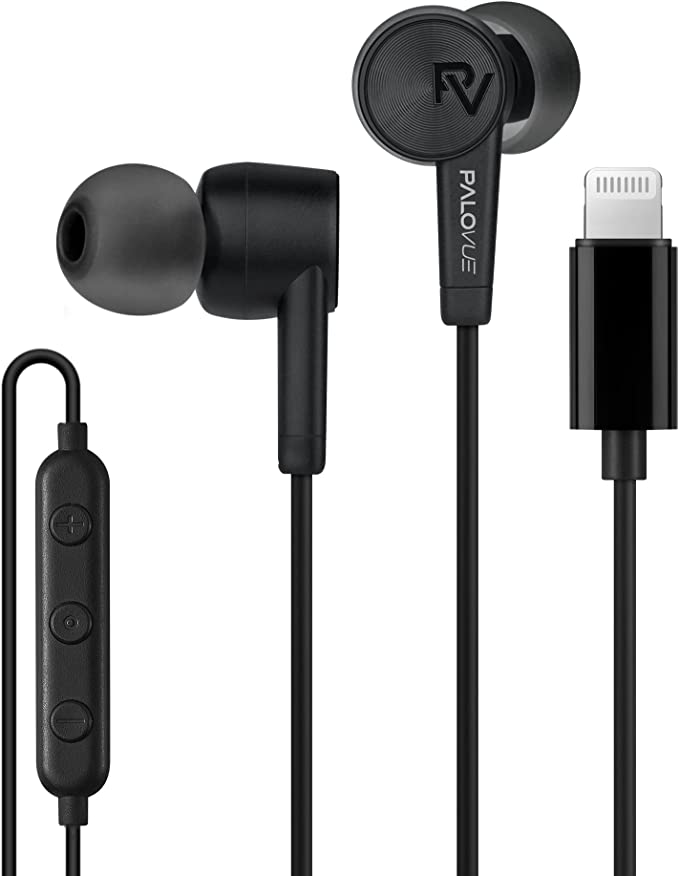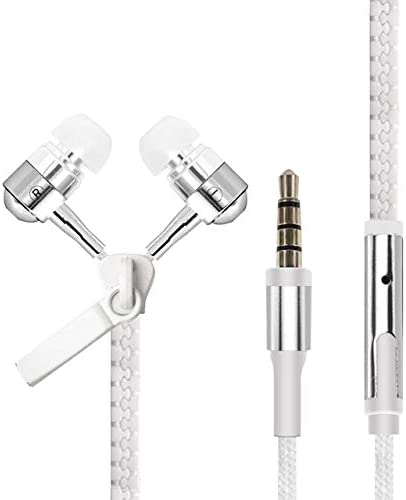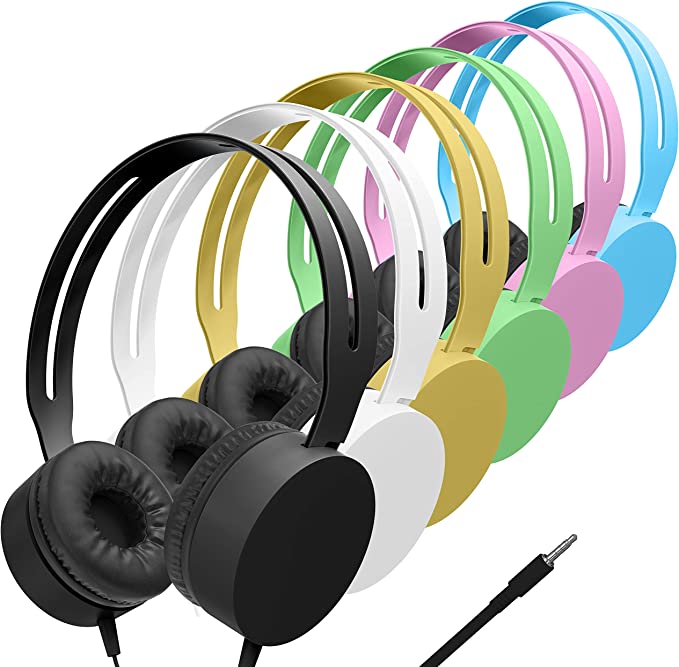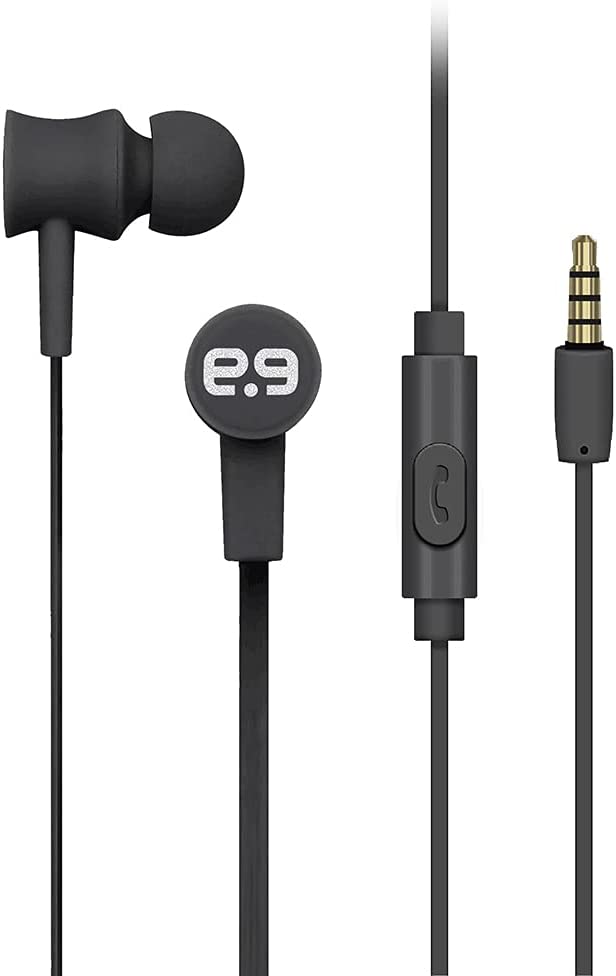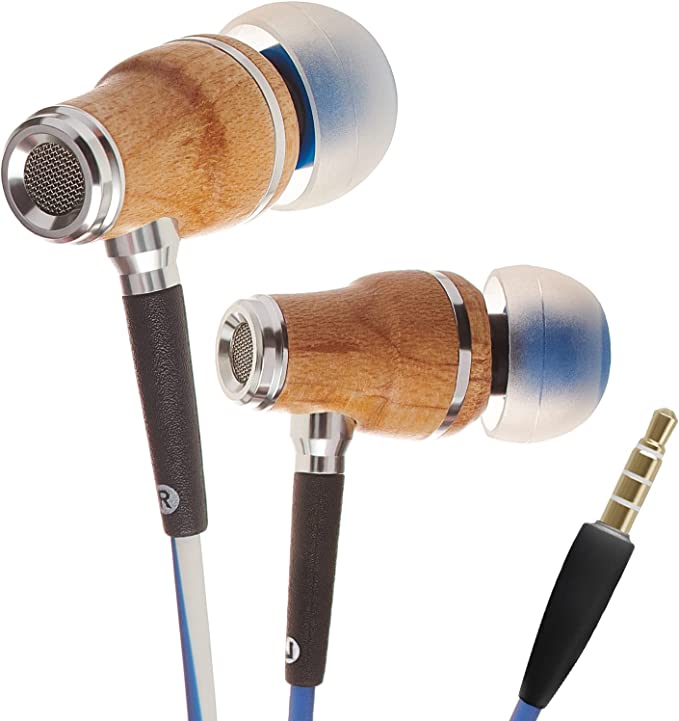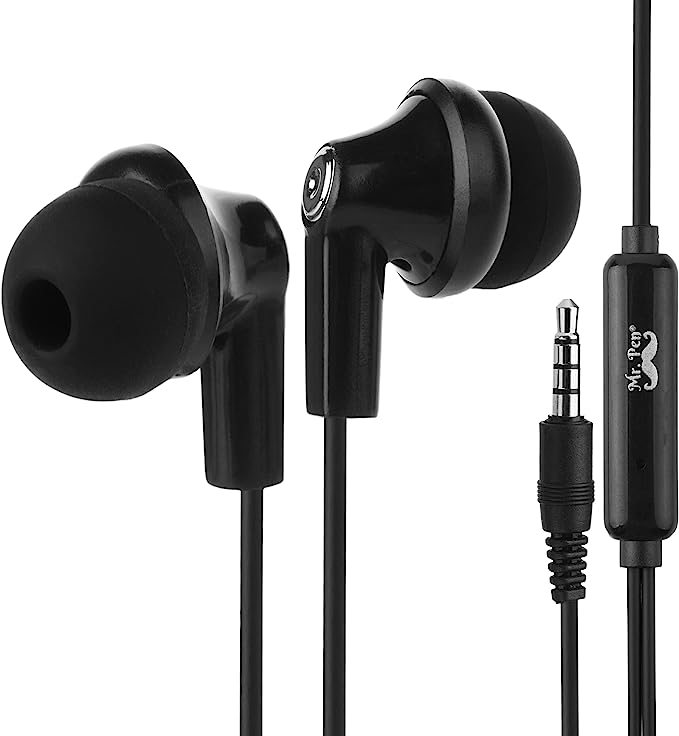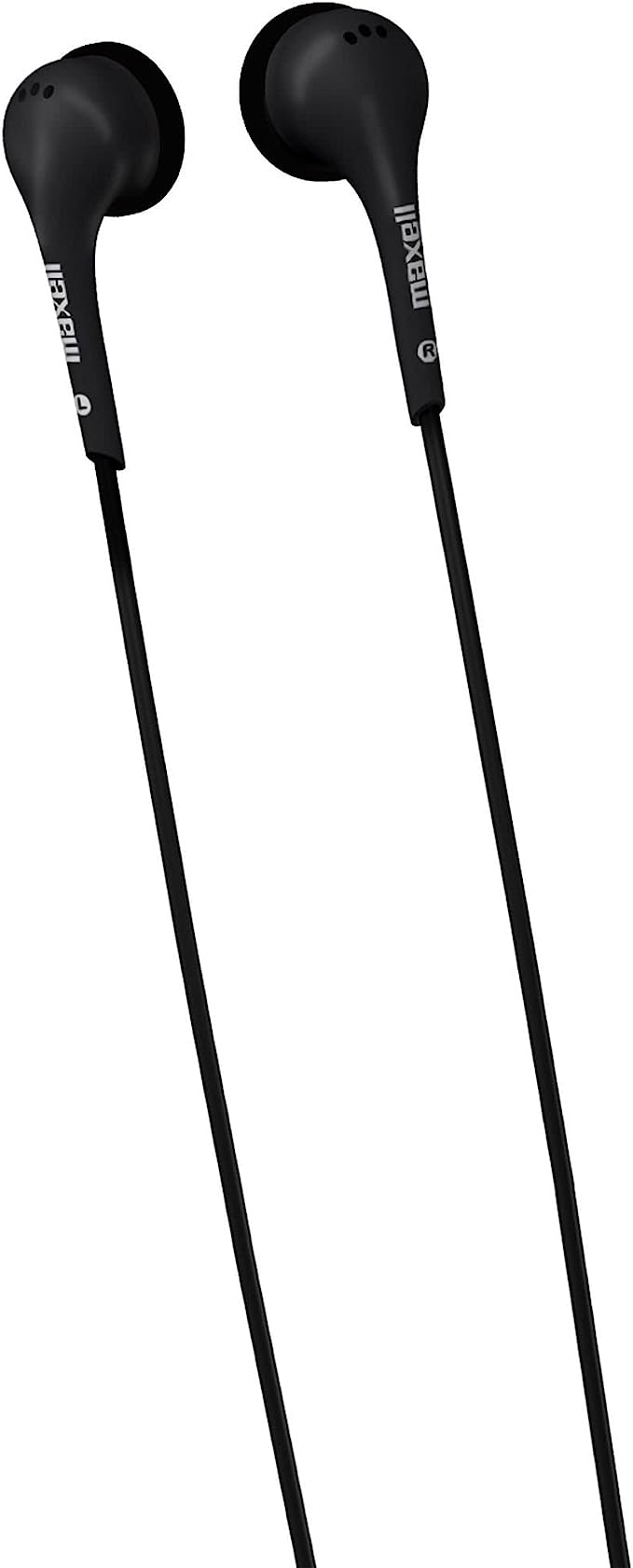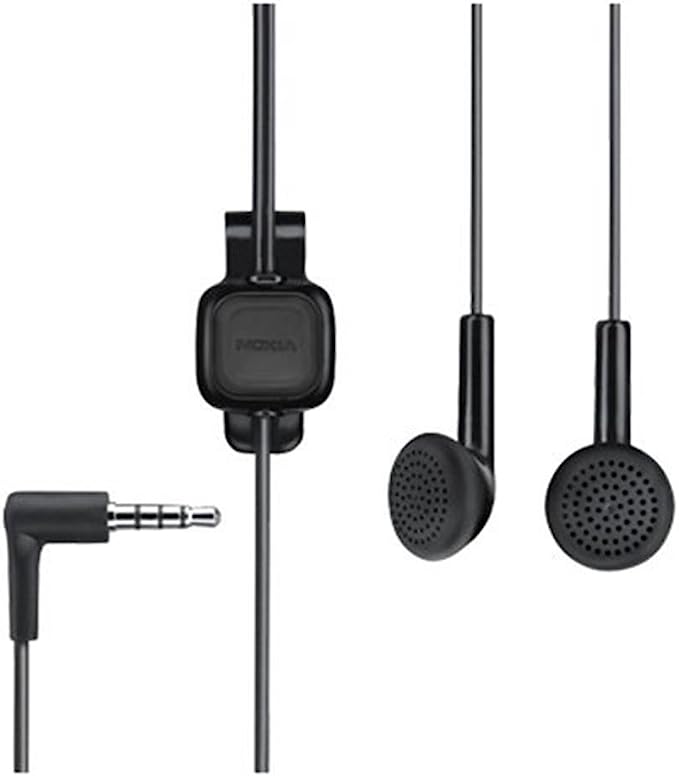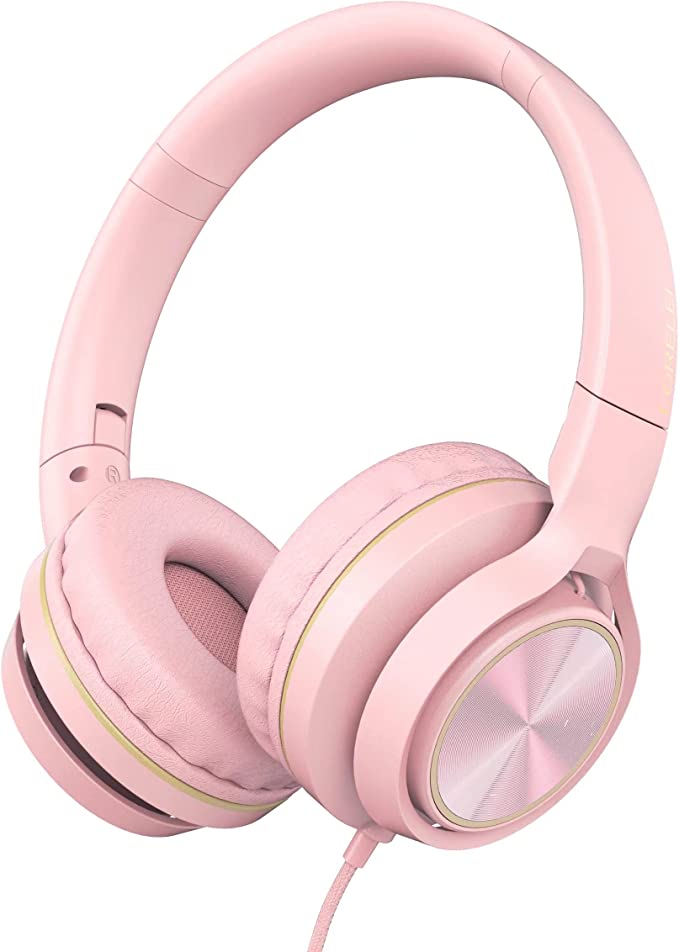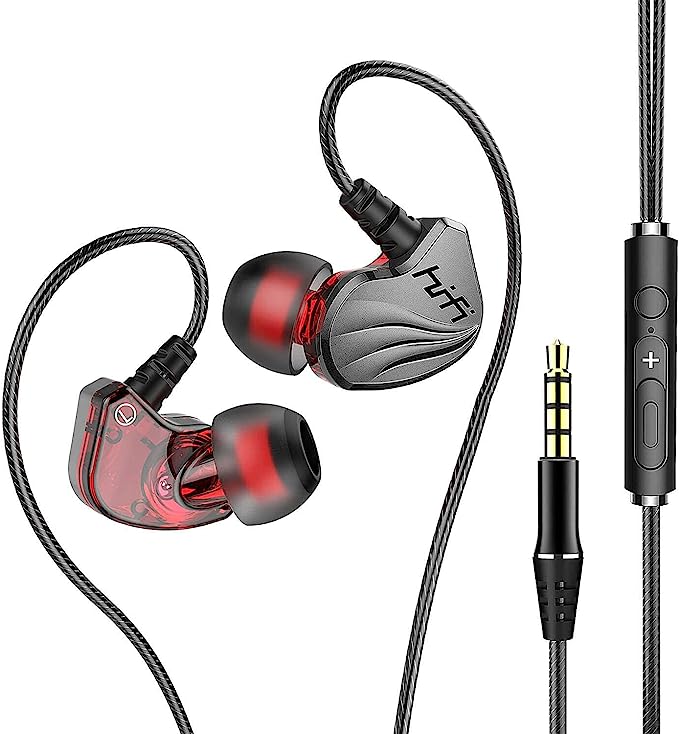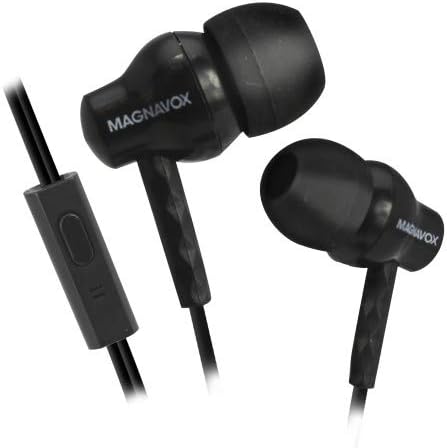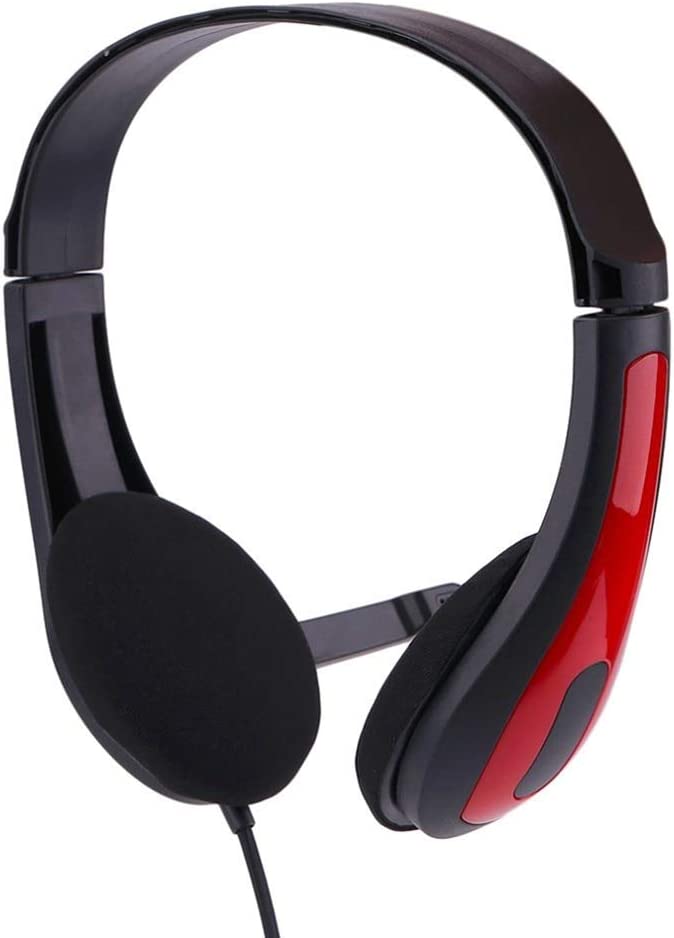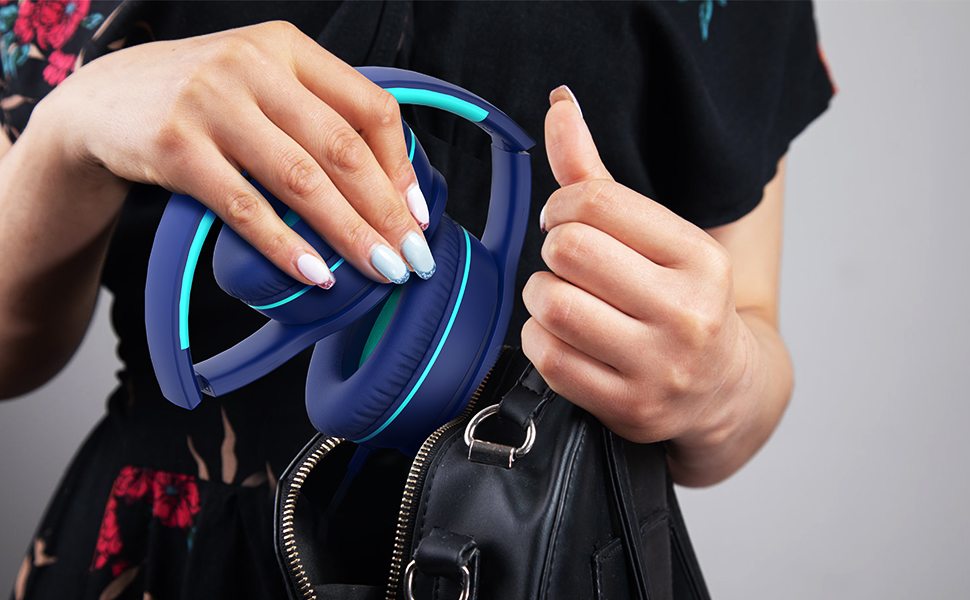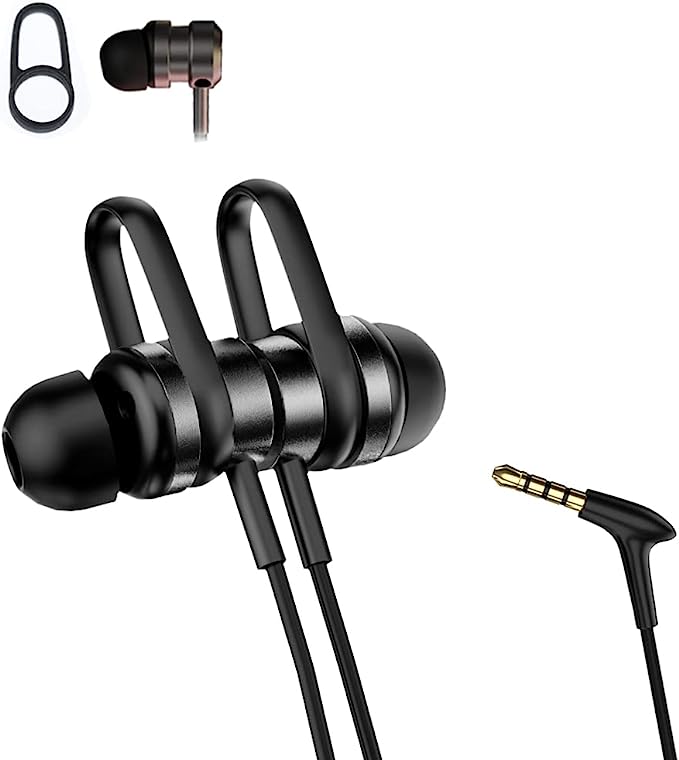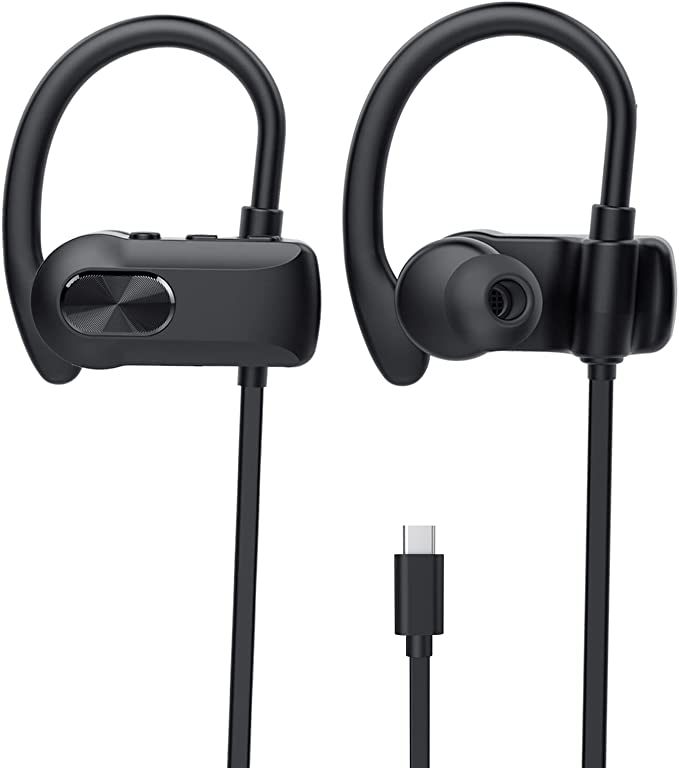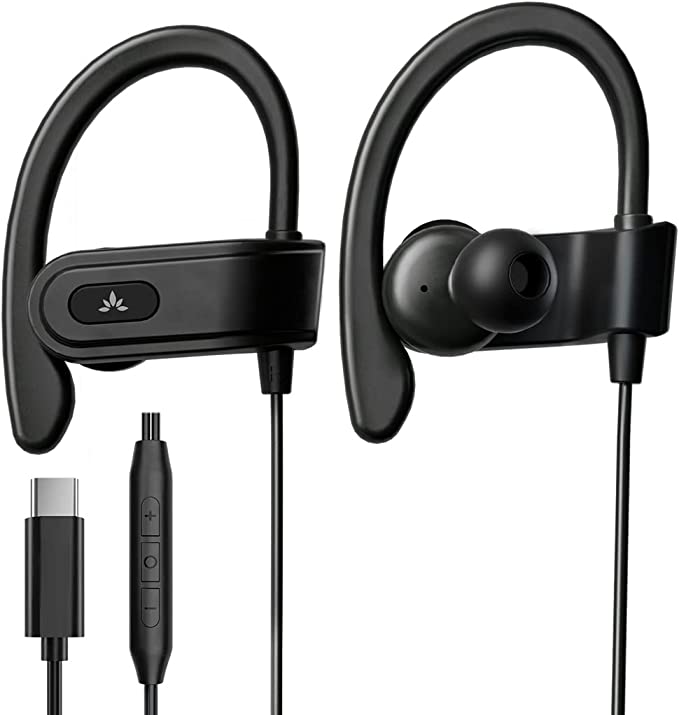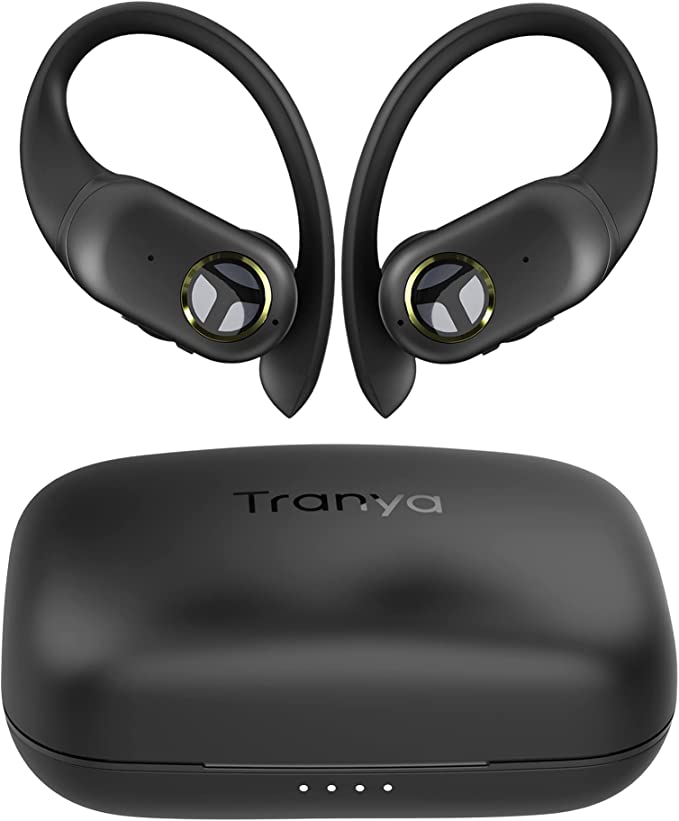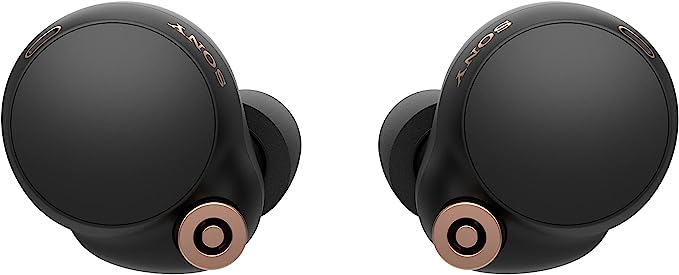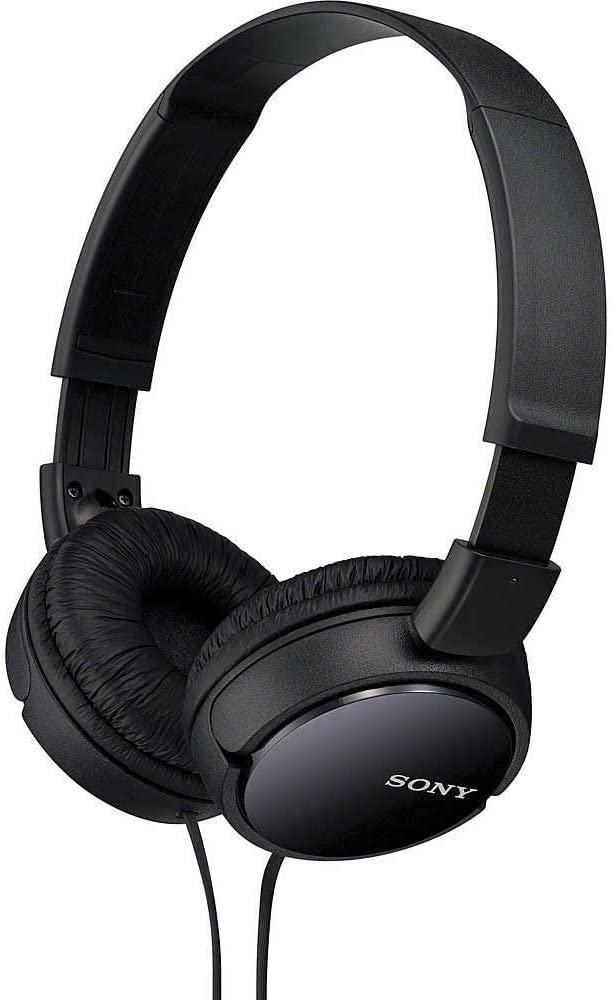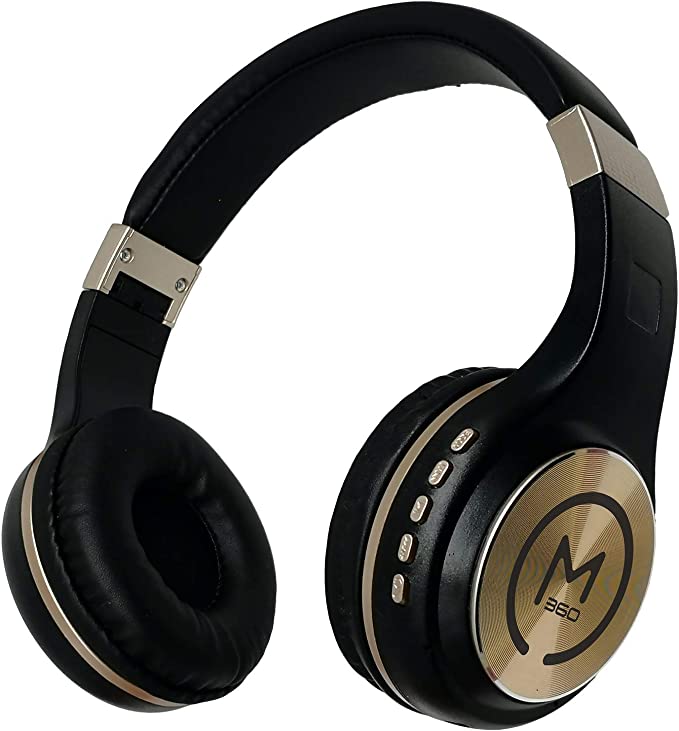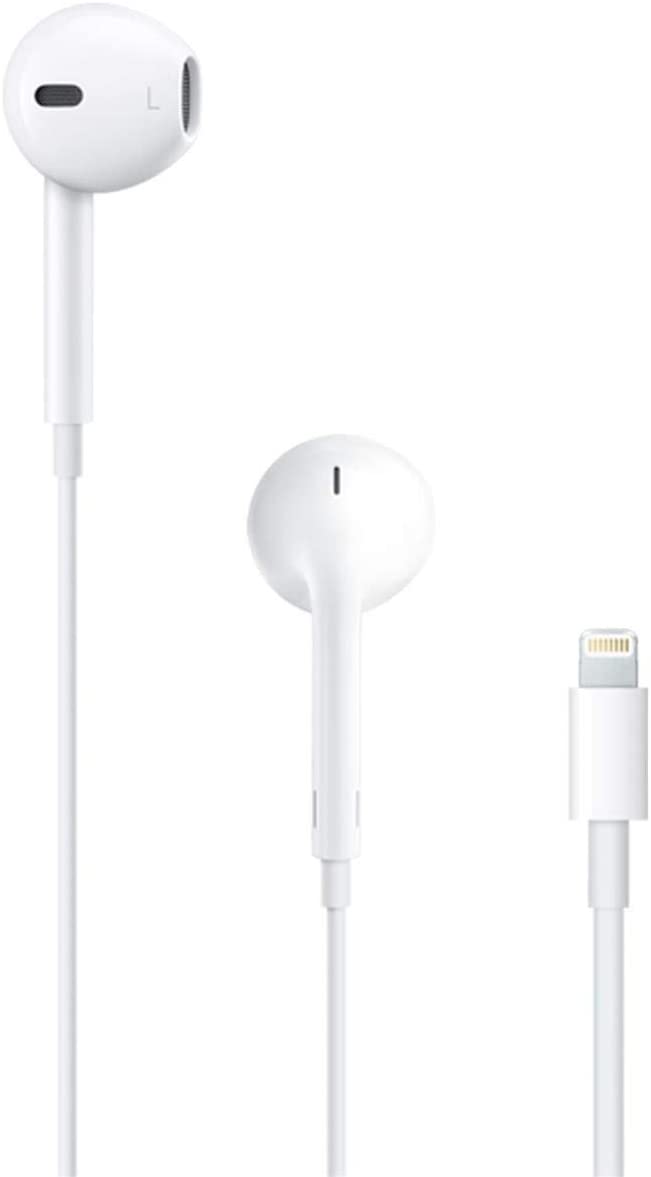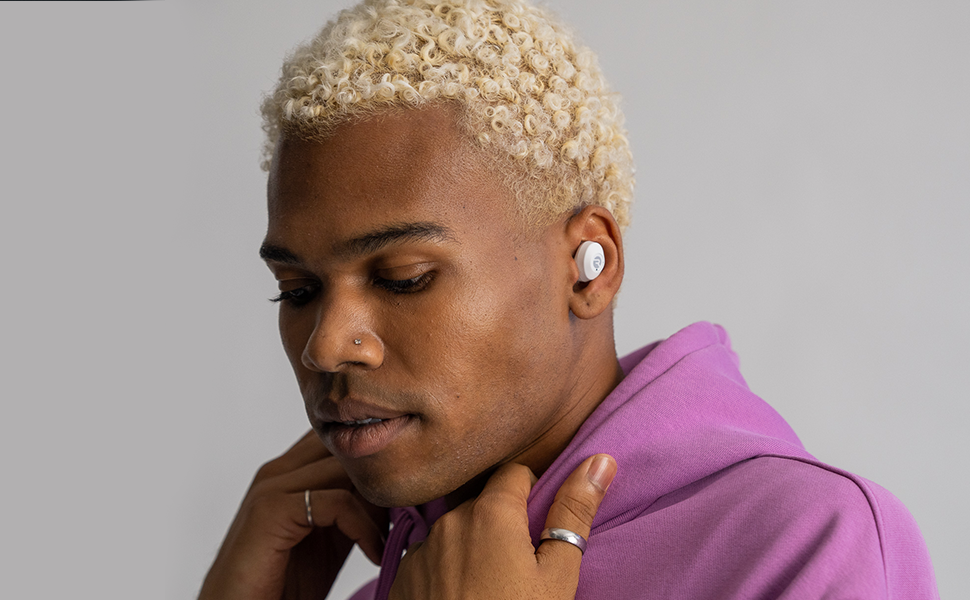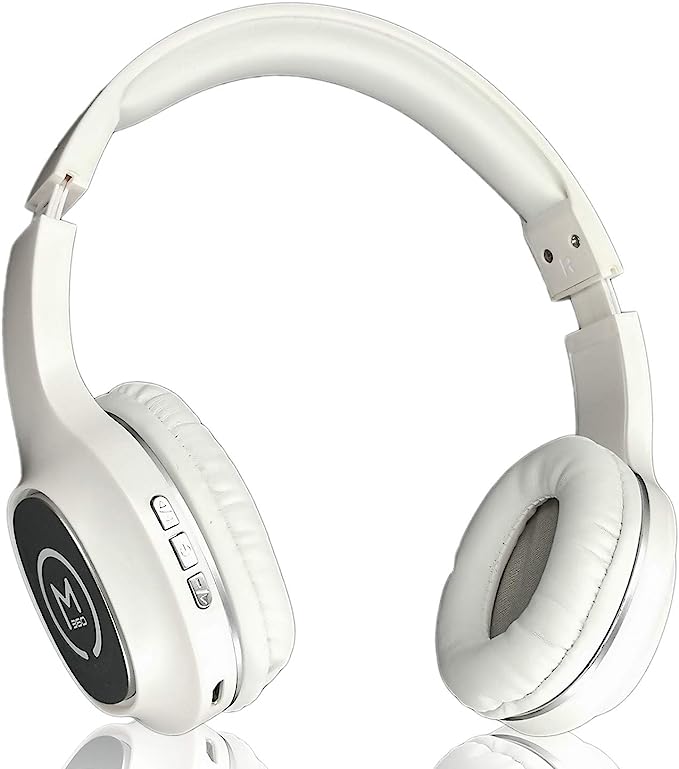ADPROTECH A0202002 USB C Headphones: Hi-Fi Sound & Magnetic Convenience
Update on July 24, 2025, 6:05 p.m.
There was a quiet, almost unceremonious funeral for a piece of technology that defined the sound of generations. It didn’t happen on a specific day, but rather in a slow fade across millions of devices. The 3.5mm headphone jack—that tiny, universal porthole to our personal soundscapes—vanished. For anyone who remembers threading a wire from a Walkman or Discman into their pocket, its absence on a new smartphone can feel like more than an inconvenience. It feels like a silent eulogy for a simpler time.
But this unsentimental march of progress wasn’t born from a desire to sell more adapters, or “dongles.” It was the culmination of a slow-burning revolution in how sound is captured, transported, and reborn in our ears. To understand why your new wired earbuds have a flat, reversible plug, we need to look at the story of the plug they replaced and the elegant science that makes their successors, like the ADPROTECH A0202002 USB C Headphones, a genuine leap forward.

The Analog Kingdom and Its Humble King
The 3.5mm plug is a relic of a different century. Its ancestor, a larger 6.35mm plug, was first used in the 19th century by telephone operators to manually connect calls. For over a hundred years, its basic principle remained unchanged. It worked by transmitting an analog signal.
Think of an analog audio signal as a live painter’s brushstroke. It’s a continuous, fluid wave of electricity that perfectly mimics the shape of the sound wave itself—the rise and fall of a singer’s voice, the sharp attack of a snare drum. It’s direct and beautiful in its simplicity. But like a wet painting, it’s incredibly vulnerable. Any stray electrical interference from your phone’s internals or a nearby power line can smudge the canvas, adding a layer of hiss or crackle. The signal that left the source was never quite the same as the one that arrived at your ears.

The Digital Revolution and a New Language for Sound
For decades, this was a compromise we accepted. But as our world became digital, the flaws of analog became more apparent. The solution was to treat sound not as a painting, but as a perfect, incorruptible blueprint. A digital audio signal isn’t a continuous wave; it’s a series of discrete numerical snapshots—a stream of ones and zeros that represents the sound with mathematical precision. This digital blueprint can be copied and transmitted millions of times without a single detail being lost. It’s immune to the smudges of electrical noise.
There was just one problem: our ears, those beautifully organic instruments, don’t understand digital blueprints. They can only perceive the physical, continuous waves of sound in the air. A bridge was needed between these two worlds.

The Digital Alchemist: Unmasking the DAC
Enter the unsung hero of all modern audio: the Digital-to-Analog Converter, or DAC. This tiny chip is less a translator and more a digital alchemist. Its profound task is to take the perfect, sterile digital blueprint and transmute it back into the rich, fluid, and living analog wave that our headphones can turn into sound.
The quality of this alchemy is everything. A rudimentary DAC can follow the blueprint but produce a crude, lifeless sculpture. A high-quality DAC, however, is a master artist. It can read the same blueprint and recreate the sound with all its original texture, depth, and emotion. It understands the subtle language of audio, preserving the delicate decay of a cymbal or the warm resonance of a cello. This is why when a product like the ADPROTECH A0202002 boasts of a “powerful DAC chip,” it’s making a serious claim about its commitment to the quality of this final, crucial transformation.
Why USB-C Became the Heir to the Throne
So, if digital audio is the future, why did the flat, multi-talented USB-C port win the throne? Because the revolution was bigger than just audio. The tech industry was moving towards a single, unified standard. USB-C was designed from the ground up to be a universal port for everything: high-speed data, powerful electricity delivery, and high-definition video. It was inevitable that audio would join this unified ecosystem.
To make this work seamlessly, a universal language was needed. That language is the USB Audio Class (UAC), a standard protocol built into virtually all modern operating systems. UAC is what allows you to plug a pair of USB-C headphones into a Samsung phone, a Google Pixel, an iPad Pro, or a MacBook and have it just work, no drivers needed. The extensive compatibility list of the ADPROTECH earbuds isn’t a feature they built; it’s proof of a beautifully successful industry-wide collaboration.
Science in Practice: Deconstructing a Modern Earbud
When you hold a pair of modern USB-C earbuds, you’re holding a complete, self-contained audio system.
The most critical component is that built-in DAC. By placing it in the cable, it’s moved outside the electrically noisy environment of the phone’s mainboard, allowing it to perform its alchemy in a cleaner, more dedicated space. This is a fundamental architectural advantage over the old 3.5mm system.
But the science doesn’t stop at the chip. The physical design of an in-ear headphone is a masterclass in acoustics. The silicone tip, when properly fitted, creates a seal that forms a tiny, private acoustic chamber inside your ear canal. This seal accomplishes two things. First, it provides Passive Noise Isolation, physically blocking a significant amount of outside sound from reaching your eardrum. Second, this enclosed space helps to amplify low-frequency sound waves through resonance, giving the bass a richer, more present feel without artificial boosting. This is why finding the right fit is paramount. As one savvy user discovered, sometimes a slight “twist” is all it takes to lock in that perfect seal and unlock the headphone’s true sound potential—a pro-tip that applies to any in-ear monitor.
Even seemingly simple features are rooted in thoughtful engineering. The magnetic backs that snap the earbuds together are a direct solution to the physics of wire tangles. An IPX3 rating is a precise technical standard (IEC 60529) that guarantees protection against spraying water, like sweat or a light rain, giving you confidence during a workout.
Embracing the Sound of Tomorrow
The journey from the 3.5mm jack to the USB-C plug is more than a story about changing shapes. It’s the story of sound itself being liberated from the fragile world of analog and reborn in the pristine, resilient realm of digital. It’s a shift that has democratized high-fidelity audio, moving it from the domain of expensive, esoteric equipment into an affordable, accessible pair of earbuds.
The next time you plug in your headphones, take a moment. You aren’t just connecting a wire. You are engaging with a sophisticated audio system that represents a century of technological evolution. You are listening to the sound of history in the making.
